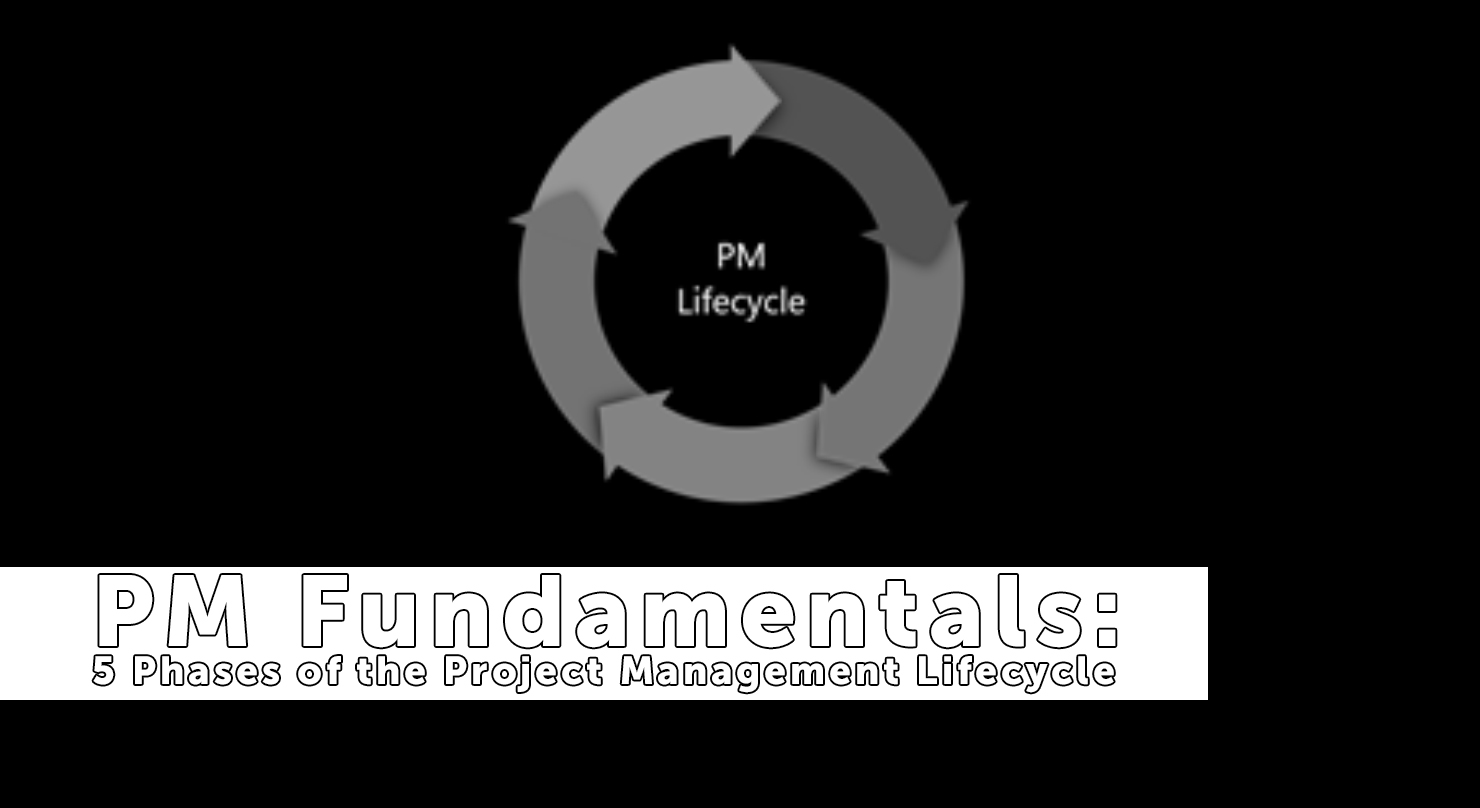A product roadmap is a high-level visual flow that outlines the product vision, key deliverables, priorities, and strategic direction over a specified duration. A Product Manager develops the product roadmap as a guide for executing the product strategy and ensuring that its goals are in alignment with those of their organization. Developing an effective product roadmap requires flexibility to be able to accommodate unanticipated changes particularly in an agile environment.
Here are some of the practical tips that Product Managers can use in creating an effective product roadmap:
Perform Extensive Research
One of the reasons why some products fail is because the Product Manager and their team did not do any external research and heavily relied on a product strategy that only incorporated an internal focus. Even though it is beneficial to interview seasoned executives, engineering and marketing departments, and reviewing internal documents, those alone are not enough to define a robust product roadmap and strategy. There needs to be a blend between an organization’s internal input on a product and external data that has been sourced from market research to be able to create a robust product strategy and tie it to the roadmap. This should also involve speaking with the product’s end users to gather their feedback.
Connect the Product Vision to Product Strategy
A captivating product vision goes a long way in securing approval from top executives, and a Product Manager can then decompose this vision down into smaller details to help build a product strategy. Effective communication of the vision will eliminate ambiguity and allow everyone to be on the same page as they work together to achieve the product vision. This is because all major strategic decisions relating to the product that need to be made will be viewed from the perspective of how they tie back to the product vision. Moreover, having the buy-in from all the stakeholders reduces the likelihood of conflicts of interest arising given all the teams will be focused on the big-picture product vision that was laid out by the Product Manager.
Develop Metrics to Measure your Roadmap
A roadmap without measurable metrics is fundamentally incomplete because the deliverables will not be able to be assessed based on pre-specified goals and targets used to evaluate outputs from product development. Examples of metrics could include:
- tracking customer acquisition rates
- reduction in defects
- decreased operational costs
Communicate Changes to your Roadmap
Agile environments are built to manage changes to product development more efficiently and this helps the Product Manager maintain control over items that need to be prioritized. However, a failure to communicate changes to stakeholders may result in confusion as to what was delivered vs what was expected. To prevent this from happening, a Product Manager can use the Now-Next-Later roadmap because it offers a simplified method that prioritizes stories without disrupting the flow of the roadmap.
The items listed under the “Now” column must not be changed as they have already been committed to development. The “Next” column lists out the items that will be tackled next, and the items in the “Later” column are those that are in the product backlog and are not viewed as urgent. This type of roadmap can be communicated to the internal teams so that they stay up to date on the progress and changes that impact product development work.
At PM Imperative, we cover the latest trends in Project Management and Product Management. As PM practitioners, we understand the value the Project Managers and Product Managers bring to each organization and that’s why we focus on the most practical strategies that Project and Product Managers can implement immediately. If you found this post useful, be sure to check out our latest book: The PM Imperative – Guide for Leading & Managing Projects, People & Delivering Value. https://pmimperative.com/shop/






Lorem ipsum dolor sit amet, consectetur adipiscing elit, sed do eiusmod tempor incididunt ut labore et dolore magna aliqua.